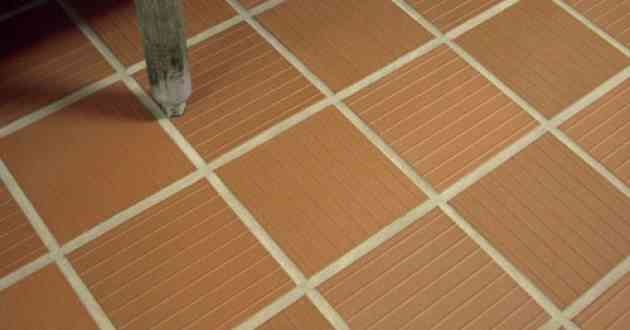Mastering The Art Of Quarry Tile Grout: A Complete Guide
- - Category: Remodeling
- - 29 Mar, 2023
- - Views: 301
- Save

Discover the secrets to perfecting your quarry tile grout with our comprehensive guide.
If you're a homeowner or business owner looking to upgrade your flooring, you may have come across a term that's left you scratching your head: glazed quarry tile. What is glazed quarry tile? How does it differ from other types of tile? And most importantly, how do you properly grout it to ensure a long-lasting, beautiful finish? In this complete guide, we'll explore the art of quarry tile grout and equip you with the knowledge and skills needed to master this timeless flooring option. Get ready to transform your space with the beauty and durability of glazed quarry tile!
What is Glazed Quarry Tile? A Brief Introduction
What is glazed quarry tile? Glazed quarry tile is a type of ceramic tile made from a mixture of clays that are fired at high temperatures until they vitrify or turn into glass. They feature a hard, durable surface that resists scratches and stains, making them an ideal choice for high-traffic areas like commercial kitchens, bathrooms, and entryways. These tiles require quarry tile grout, and they come in various earthy tones and can be used to create striking patterns.
One of the key advantages of glazed quarry tiles is their ability to withstand moisture and extreme temperature changes. This makes them perfect for outdoor use in areas with harsh weather conditions. However, it's important to note that they do require proper maintenance to keep their beauty intact over time.
To get the most out of your glazed quarry tiles, you need to understand how important proper grouting is when it comes to installation and maintenance. Investing some time into mastering the skill of quarry tile installation will pay off in the long run by extending the life of your flooring while also preserving its attractiveness.
Understanding the Importance of Proper Quarry Tile Grouting
Proper quarry tile grouting is essential in ensuring the longevity and durability of your tiled surfaces. Quarry tile grout acts as a sealant, preventing water from seeping through and compromising the integrity of your tiles. In addition to its functional purpose, grout also plays an important role in aesthetic appeal, as it can complement or contrast with the color of your tiles. Poorly executed grouting can lead to unsightly stains, chips and cracks.
When considering quarry tile grouting, it's important to bear in mind factors such as room usage (i.e., will tiles be exposed to high foot traffic?), weather conditions (if exterior), desired appearance, and budget among others. It's recommended that you consult a professional who has experience working with quarry tile grout to ensure that all aspects are taken into account prior to installation or repair work. By doing so you will avoid certain costly issues down the line including re-grouting faulty installations or replacing cracked/chipped older installations due poor maintenance habits over time — this could save you not only money but valuable time too!
Types of Quarry Tile Grout: Which One to Choose?
When it comes to choosing the right quarry tile grout, there are several options available in the market. Sanded and unsanded are two types of quarry tile grouts that are commonly used. Sanded grout is suitable for joints more than ⅛-inch wide as the sand helps add strength to the mix and prevent cracking. Unsanded grout, on the other hand, is best suited for tiles with a narrower spacing or near-perfectly leveled surfaces.
Apart from sanded and unsanded, there's also pre-mixed grout which saves time but can be expensive. Epoxy-based quarried tile grouts offer superior bond strength and excellent adhesion properties, making them ideal for high-traffic areas like commercial kitchens or industrial spaces where spills occur frequently.
Ultimately, your choice of quarry tile depends on your budget constraints and specific requirements such as durability, color matching, settling allowance, et cetera.
The Dos and Don'ts of Applying Quarry Tile Grout
When it comes to applying quarry tile grout, there are some important dos and don'ts to keep in mind. First, make sure that the tiles are clean and dry before you begin. Next, mix the grout according to the manufacturer's instructions, and work in small sections to prevent it from drying out too quickly. Use a rubber float to spread the grout evenly over the tiles, making sure to press it firmly into the joints.
Once you've filled all of the joints, use a damp sponge to wipe away any excess grout from the surface of the tiles. Don't forget to seal your grout once it has cured for at least 24 hours, as this will help protect it from stains and moisture damage. With these tips in mind, you'll be able to achieve a professional-looking finish for your quarry tile installation.
With careful installation, your quarry tile and the grout you select will last and perform well for decades in your home or business.

